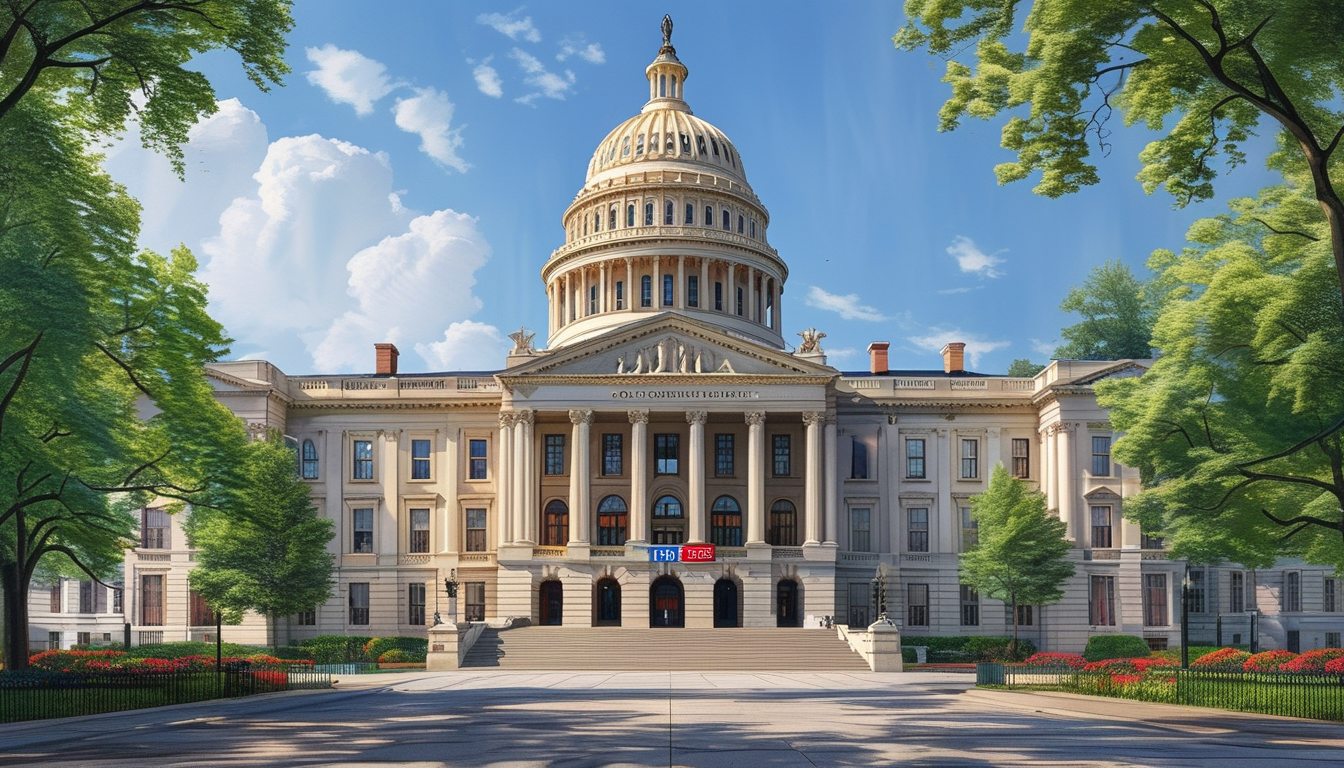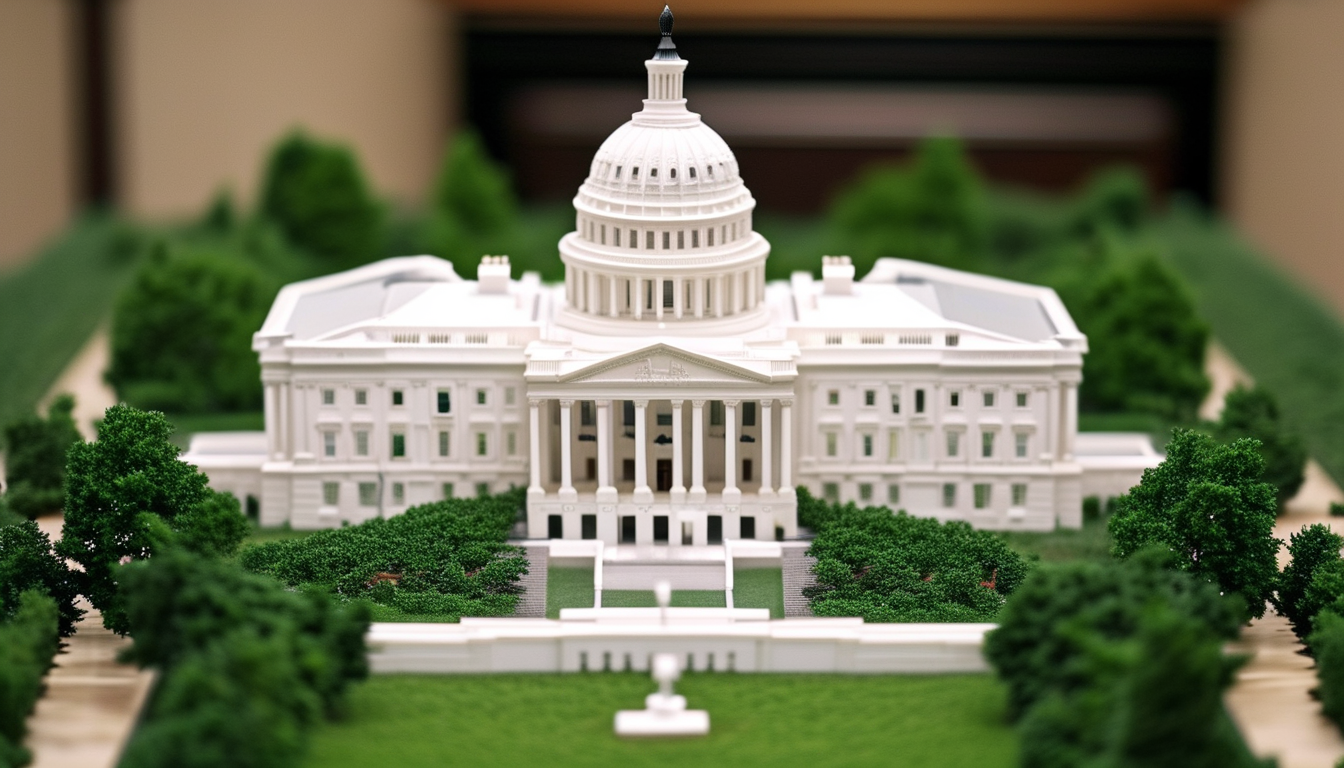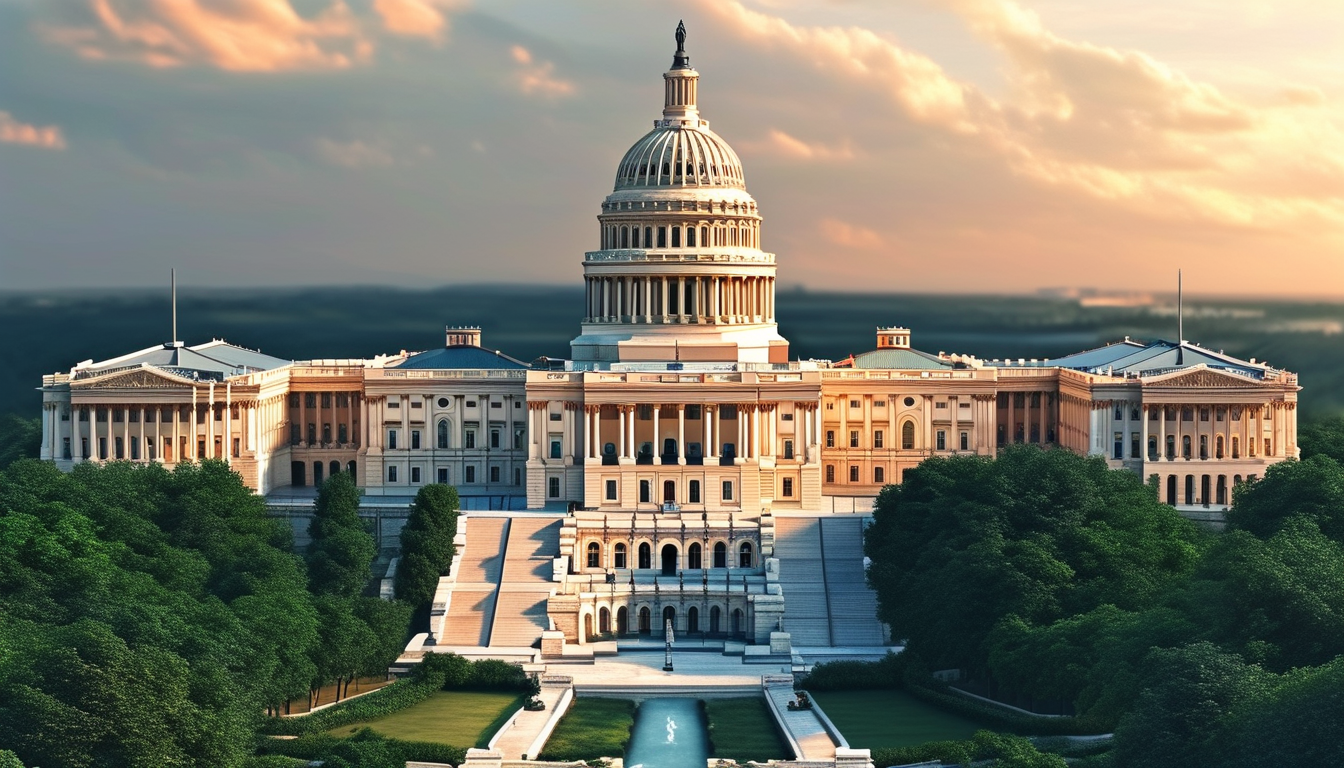Former President Donald Trump has threatened to raise tariffs on Canadian goods by 10%, saying Canada failed to remove a critical ad quickly enough, PBS NewsHour reported. The warning, aimed at a key U.S. ally and trading partner, ties potential trade penalties to a dispute over political messaging.
The threat comes as U.S.-Canada economic ties remain extensive and deeply integrated, with cross-border supply chains spanning autos, agriculture, energy, and manufacturing. Trump previously floated broad tariff policies, including across-the-board increases, during his campaigns and used national security authorities to impose steel and aluminum tariffs on Canada in 2018 before they were lifted as part of broader negotiations.
It is unusual for a potential tariff action to be linked explicitly to the pace of a foreign government’s response to political content. Trade restrictions typically rely on established legal pathways—such as Section 232 national security measures, Section 301 investigations into unfair practices, or safeguards—and are often litigated in domestic courts or contested through international mechanisms.
The United States-Mexico-Canada Agreement (USMCA) sets the framework for regional trade, including dispute settlement procedures that Canada could invoke if new U.S. tariffs were imposed outside the agreement’s rules. Any increase could face legal scrutiny for compatibility with U.S. commitments and potential retaliation or challenges through USMCA panels or the World Trade Organization.
For businesses on both sides of the border, a 10% increase on Canadian imports would add immediate cost pressure to sectors that depend on just-in-time delivery and integrated supply chains. Sensitive areas could include autos and parts, aluminum and steel inputs, agricultural goods, and softwood lumber—sectors with a history of bilateral friction.
The episode underscores how quickly political disputes can spill into economic policy, particularly when tariff threats are used as leverage. It also highlights the potential for trade tools to intersect with questions of speech and political expression, an intersection rarely tested between democratic allies.
Canadian and U.S. officials did not immediately lay out next steps in response to the reported threat. Any formal action by Washington would likely trigger consultations under USMCA, market reactions across North American industries, and renewed debate over the scope of executive authority in setting tariff policy.












Leave a Reply